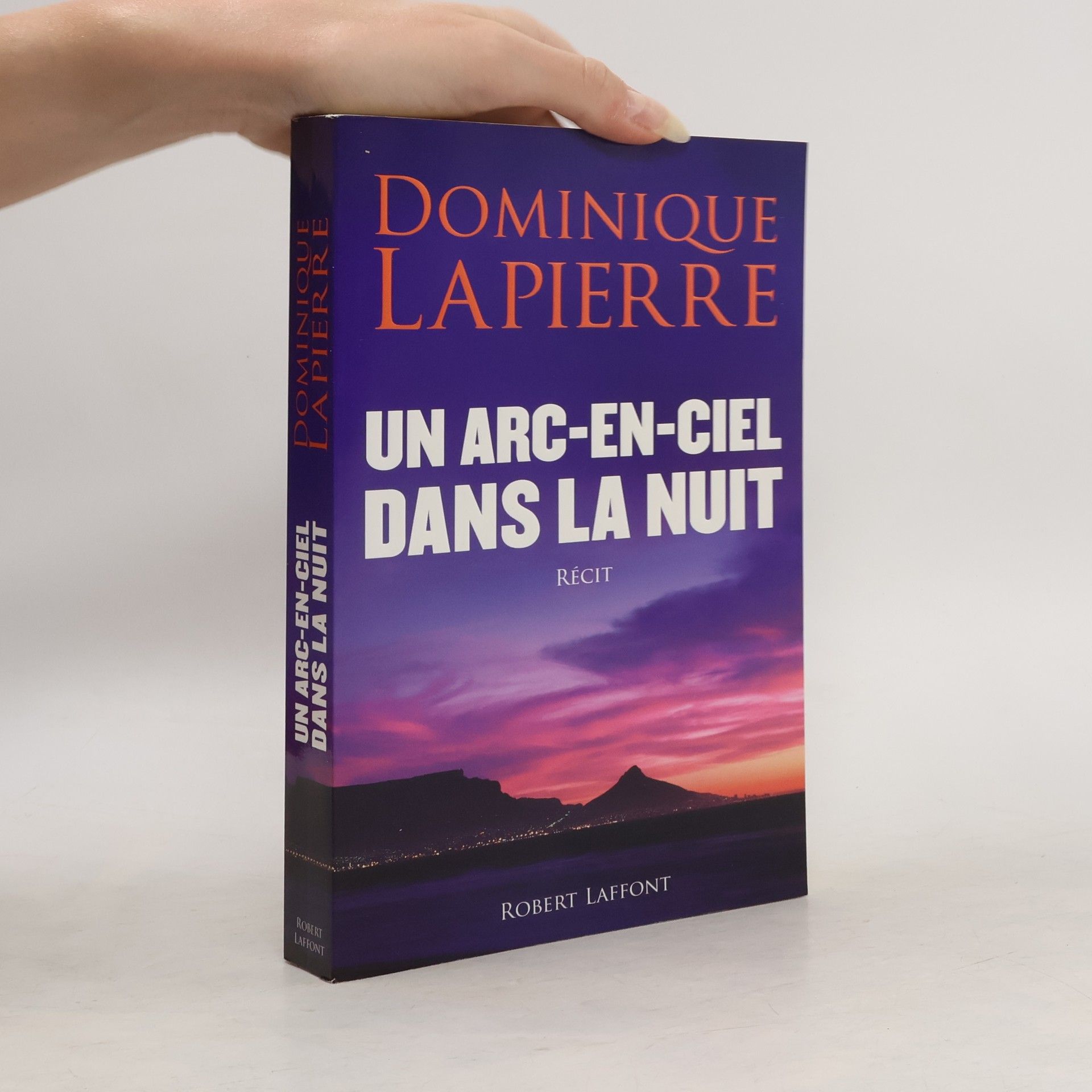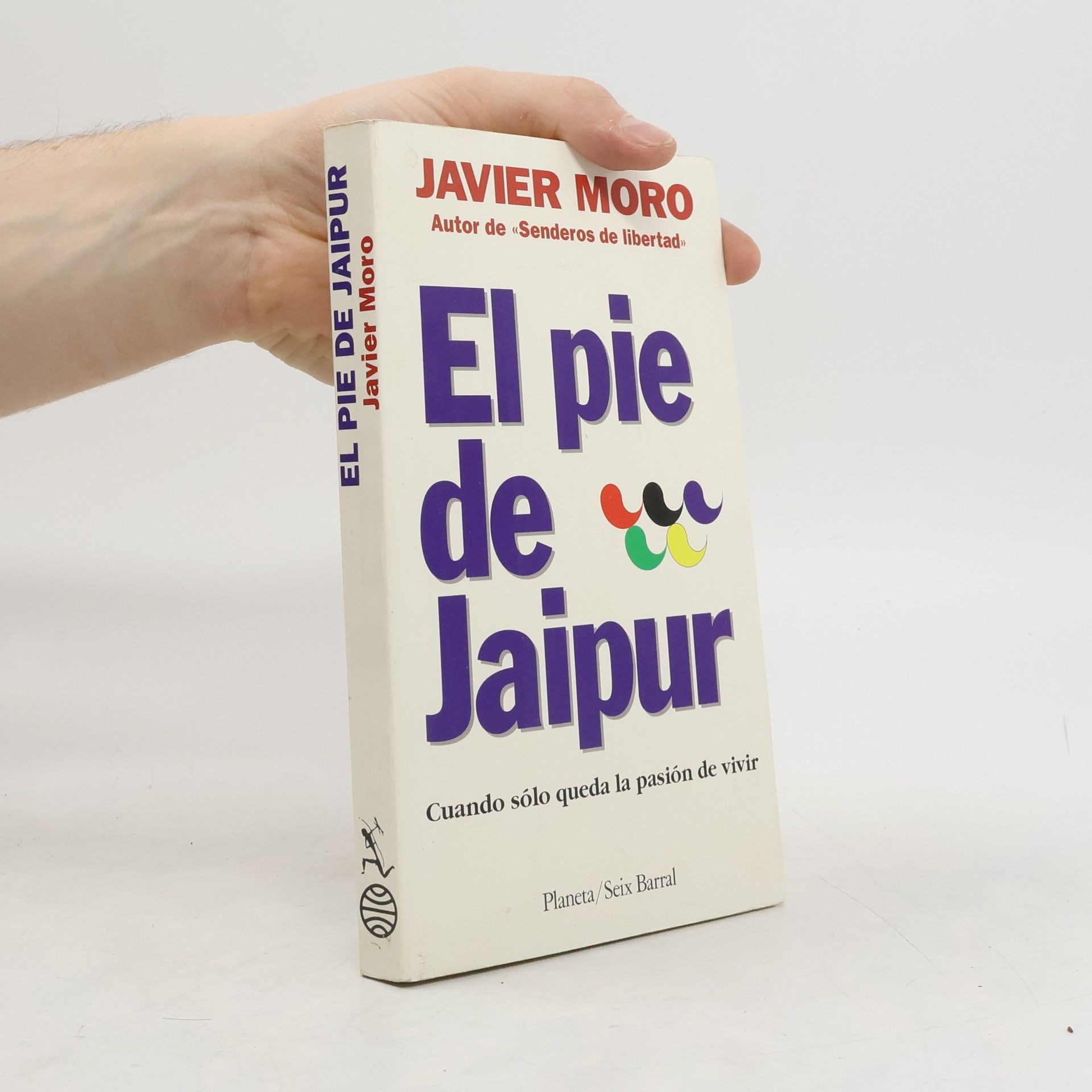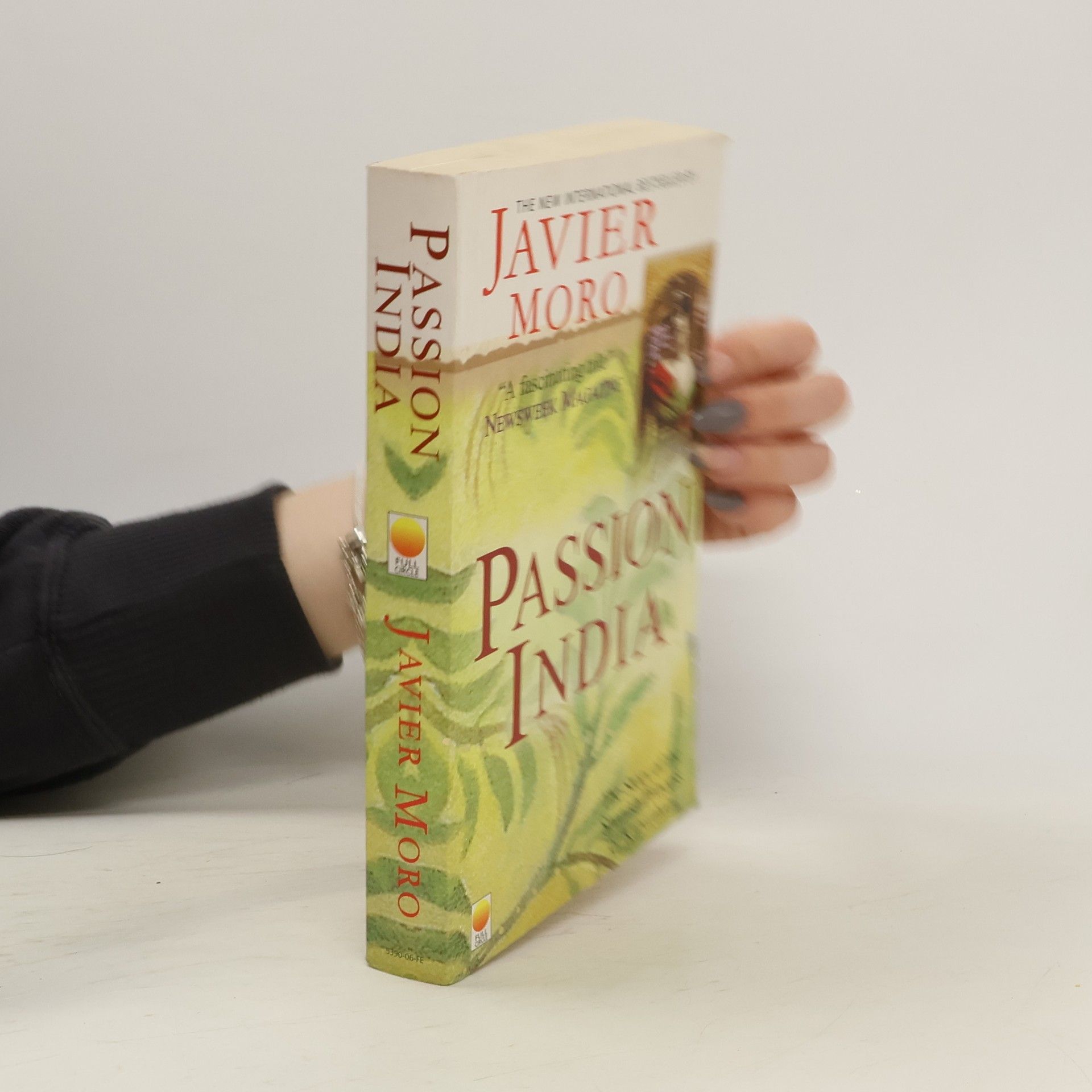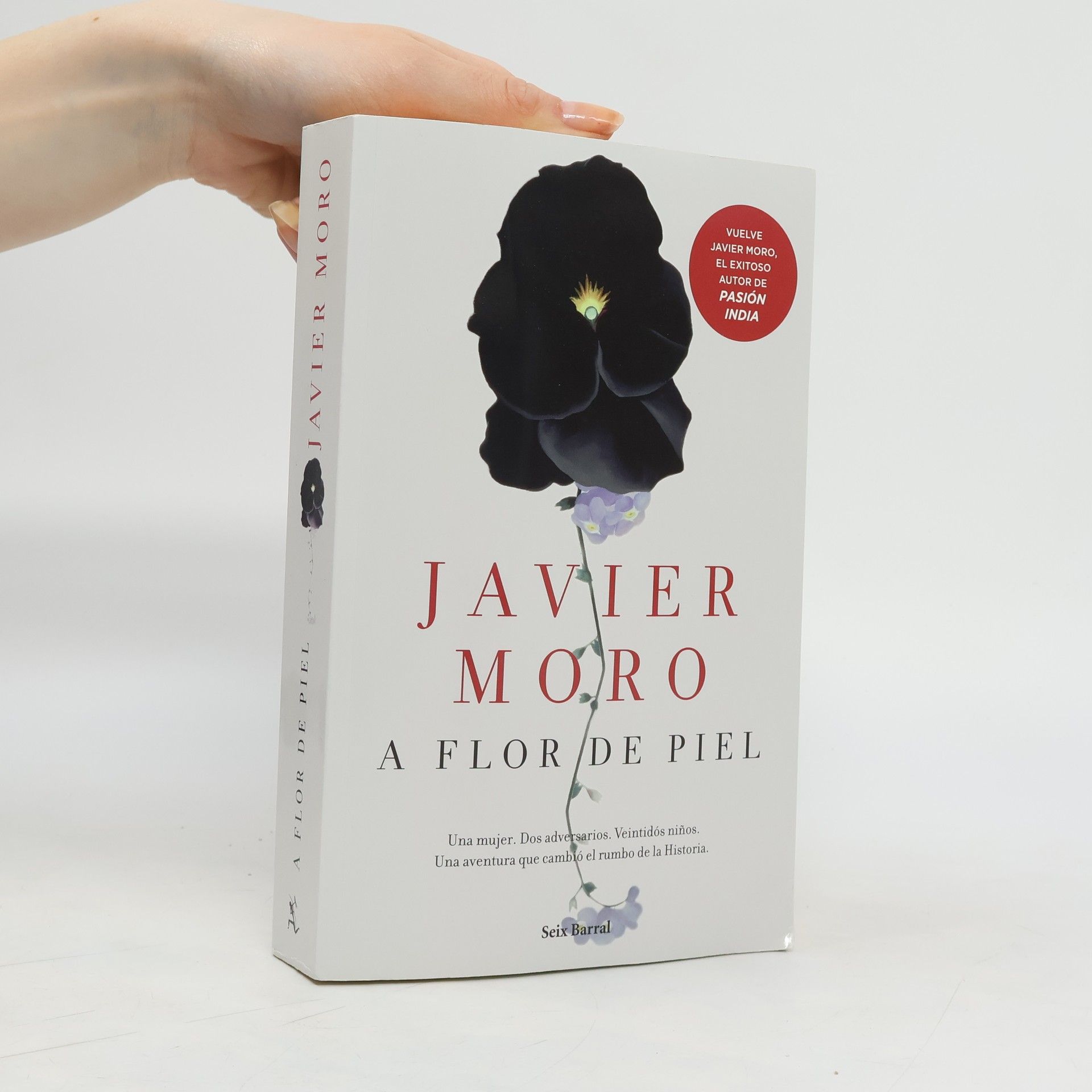Alla fine degli anni '50, mentre migliaia di contadini indiani vengono cacciati dalle loro terre da nugoli di insetti assassini, tre entomologi newyorkesi inventano un insetticida miracoloso. La Union Carbide, la multinazionale che lo produce, decide di impiantare una grande fabbrica nel cuore dell'India, nella splendida Bhopal. I lavori hanno inizio negli anni '60 e terminano nel 1980, quando la fabbrica gioiello viene finalmente inaugurata. Ma il sogno ha vita breve: il 2 dicembre 1984 la fabbrica esplode causando la morte di migliaia di persone e compromettendo gravemente la salute di molte altre, a causa delle emissioni di gas nocivi.
Javier Moro Libri
Javier Moro è un acclamato autore celebre per le sue vaste epopee che approfondiscono significative narrazioni storiche e culturali. Il suo lavoro esplora frequentemente temi di resilienza, scontri culturali e la profonda capacità umana di superare le avversità. Con una ricerca meticolosa e uno stile narrativo avvincente, Moro dà vita alle lotte e ai trionfi all'interno di diverse società. La sua scrittura serve come testimonianza di eventi storici cruciali ed esperienze umane affascinanti.







The Mountains of the Buddha
- 272pagine
- 10 ore di lettura
This is the tale of what refuses to vanish on the other side of the Himalayas. The spirit of resistance, the faith, the soul of Tibet. It is the true story of women who join a group of refugees to cross, at night and on foot, the highest mountains of the world
Passion India
- 466pagine
- 17 ore di lettura
En 1984 un joven frances que ha quedado tretraplejico coincide en la clinica con un camboyano herido por una mina. Juntos logran vencer, en un combate lleno de valor. Una leccion de esperanza que arroja luz sobre la sorprendente capacidad de los seres humanos para sobrevivir y hacer frente a la adversidad extrema.
Un arc-en-ciel dans la nuit
- 363pagine
- 13 ore di lettura
In 1652 a small group of Dutch farmers landed on the southernmost tip of Africa. Sent by the powerful Dutch India Company, their mission was simply to grow vegetables and supply ships rounding the cape. The colonists, however, were convinced by their strict Calvinist faith that they were among God's “Elect,” chosen to rule over the continent. Their saga—bloody, ferocious, and fervent—would culminate three centuries later in one of the greatest tragedies of history: the establishment of a racist regime in which a white minority would subjugate and victimize millions of blacks. Called apartheid, it was a poisonous system that would only end with the liberation from prison of one of the moral giants of our time, Nelson Mandela. A Rainbow in the Night is Dominique Lapierre's epic account of South Africa's tragic history and the heroic men and women—famous and obscure, white and black, European and African—who have, with their blood and tears, brought to life the country that is today known as the Rainbow Nation.
Červené sárí
- 512pagine
- 18 ore di lettura
V roku 1965 sa Sonia Mainová, mladá talianska študentka, spoznala v Cambridgei s Indom Radžívom Gándhím. Sonia sa narodila v jednoduchej rodine a pochádzala z malého mestečka neďaleko Turína a Radžív bol členom jedného z najmocnejších rodov Indie. V Anglicku sa začal príbeh veľkej lásky, ktorý sa neskončil ani predčasnou, náhlou a tragickou smrťou mladého Radžíva v čase, keď mal byť opätovne zvolený za predsedu vlády. Pre lásku k tomuto mužovi Sonia opustila rodné Taliansko, rodinu, svet svojho detstva a mladosti a vrhla sa do veľkého dobrodružstva v novom, neznámom svete, v Indii, v krajine, kde sa hovorí osemsto rôznymi jazykmi, kde sa uctieva dvesto miliónov božstiev, kde existovalo päťsto rôznych politických strán... Sonia si obľúbila svoju novú vlasť, súcitila s množstvom chudobných a v ich očiach sa stala bohyňou. Popri príbehu lásky je román Červené sárí aj rodinnou ságou néhrúovsko-gándhiovskej rodiny, kronikou politických dejín Indie a epopejou tohto obrovského národa. Javier Moro v ňom prerozprával brilantným štýlom príbeh néhrúovsko-gánhiovskej rodiny, mužov a žien bojujúcich o piedestál moci, obetí vlastného osudu, ktorý si nevybrali z vlastnej vôle. Tento osud postihol aj Soniu Gándhiovú – v nej sa premietli túžby a nádeje miliónov ľudí krajiny Mahátmá Gándhího.
L'Empereur aux mille conquêtes
- 560pagine
- 20 ore di lettura
Sous ses airs de mauvais garçon, cheveux en bataille et visage tanné par le soleil de Rio, le prince Pedro descend d'une longue lignée : les Bragance. Il a vécu à Lisbonne jusqu'à l'âge de huit ans, en 1807, date à laquelle Napoléon finit de terroriser la péninsule ibérique en marchant sur la capitale portugaise. Acculé, son père décida d'embarquer avec femme et enfants vers la principale colonie du royaume, le Brésil, pour sauver la monarchie. Pedro se souvient encore de cette nuit-là, tandis que les matelots chargeaient en toute hâte les quelques caisses sauvées de la débâcle – et qui, pour la plupart, resteraient à quai. Il revoit les membres de sa famille monter à bord du navire, sous le regard accusateur de la foule : sa grand-mère, la reine Maria, sénile ; son père Joao, le régent craintif ; Carlota Joaquina, sa mère toujours hargneuse ; son frère cadet Miguel, éternel soumis... C'est ainsi que la cour du Portugal s'était installée en 1808 à Rio de Janeiro, devenue la capitale de l'empire portugais et, pour Pedro le royaume de son enfance, désormais affranchie de tout protocole européen. Cet enfant qui n'aime rien tant que monter à cheval et jouer à la guerre, qui grandit comme un faune heureux, entouré d'esclaves et de serviteurs attentifs à ses moindres désirs, de femmes et de maîtresses prêtes à se pâmer devant lui, ne peut imaginer qu'un jour il sera appelé à régner dans des circonstances exceptionnelles. Secondé par la remarquable Leopoldine, l'archiduchesse autrichienne qu'il épousera en premières noces, il deviendra l'homme qui changea non seulement le destin du Brésil, mais aussi du Portugal, celui qui fit de leur peuple deux nations libres et modernes.
En noviembre de 1803, Isabel Zendal se preocupa para un barco lleno de hu?rfanos como las tormentas de batalla de compa?eros de tripulaci?n, la corrupci?n pol?tica, la oposici?n religiosa, y otros desastres de escarificar en una tentativa de entregar la vacuna de viruela a Nueva Espa?a y M?xico.
Indická princezna. Skutečný příběh španělské tanečnice, která se vdala za mahárádžu
- 432pagine
- 16 ore di lettura
Příběh Anity Delgado, španělské tanečnice, která se provdala za indického mahárádžu a stala se tak téměř přes noc indickou princeznou, je vyprávěn na základě skutečných událostí. Spolu s Anitou se čtenář přenese do Indie doby výstředních mahárádžů a vstoupí do světa pohádkové nádhery, do světa, který dnes již neexistuje. Příběh Anity a mahárádži z Kapurthaly není jen romantickým vyprávěním o potížích lásky, nýbrž i příběhem, který ukazuje na odlišnosti kultur, na zvláštní vztah Indie a Evropy, na úskalí, jež odlišnost obou kultur člověku přináší. V neposlední řadě je to působivé vyprávění o konci jedné epochy indických dějin, v kterém se vždy setkáváme s konkrétními lidmi, s jejich problémy, touhami a vášněmi, které často vedou k činům, jimiž člověk posléze opovrhuje a jež člověka destruují. Ke zradě, lži, podvodu...
La novela de la actriz española que triunfó en Hollywood e influyó en el papel de España durante la 2ª Guerra Muhndial



